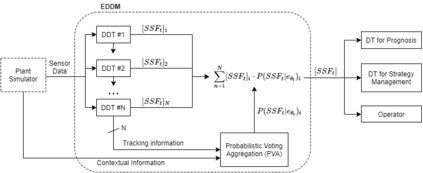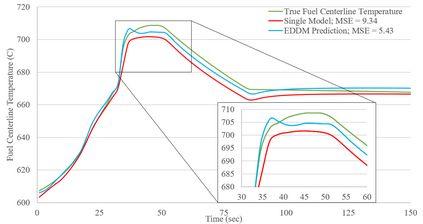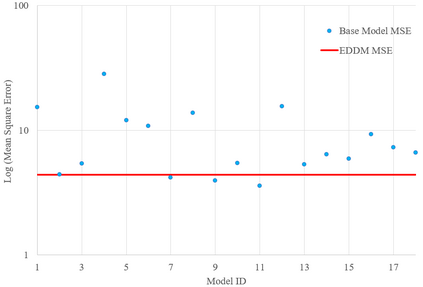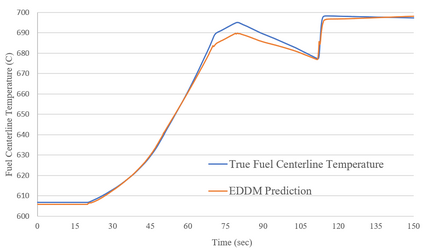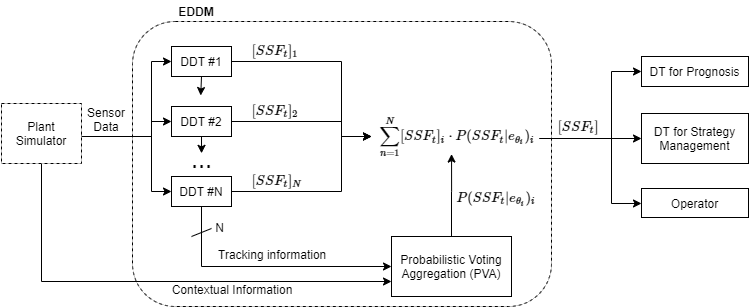The use of machine learning (ML) model as digital-twins for reduced-order-modeling (ROM) in lieu of system codes has grown traction over the past few years. However, due to the complex and non-linear nature of nuclear reactor transients as well as the large range of tasks required, it is infeasible for a single ML model to generalize across all tasks. In this paper, we incorporate issue specific digital-twin ML models with ensembles to enhance the prediction outcome. The ensemble also utilizes an indirect probabilistic tracking method of surrogate state variables to produce accurate predictions of unobservable safety goals. The unique method named Ensemble Diagnostic Digital-twin Modeling (EDDM) can select not only the most appropriate predictions from the incorporated diagnostic digital-twin models but can also reduce generalization error associated with training as opposed to single models.
翻译:过去几年来,以机器学习模型作为数码双向模型取代系统代码的减序建模(ROM)已经发展了牵引力,然而,由于核反应堆瞬态的复杂和非线性性质以及所需的大量任务,单项ML模型无法在所有任务中一概而论。在本文件中,我们纳入了特定的问题数字双ML模型,并结合了各种组合,以加强预测结果。共合体还利用代孕状态变量的间接概率跟踪方法,对不可观测的安全目标作出准确的预测。称为Ensemble Diagnotical-twin模型(EDDDM)的独特方法不仅可以从综合的诊断数字双向模型(EDDDDM)中选择最合适的预测,还可以减少与培训而不是单一模型相关的一般化错误。

